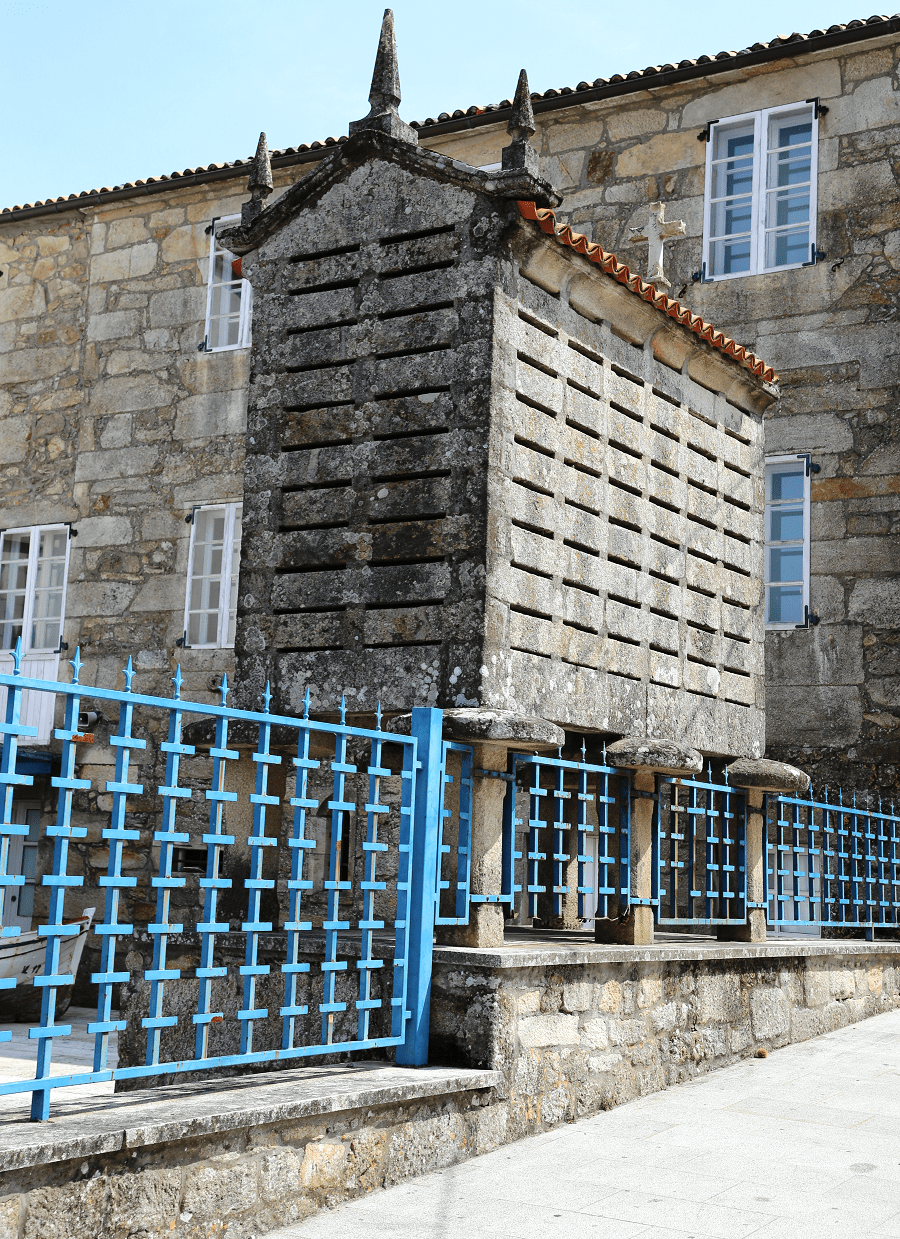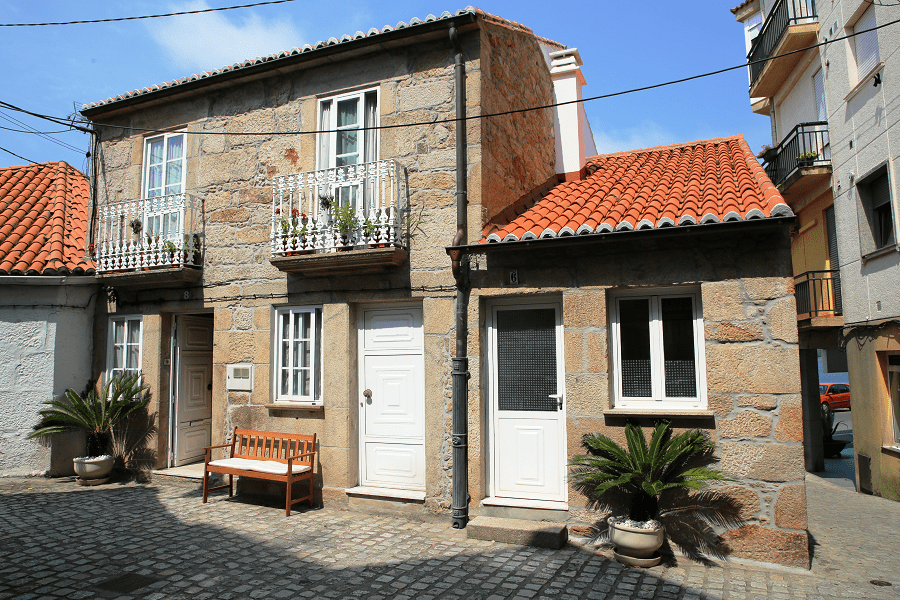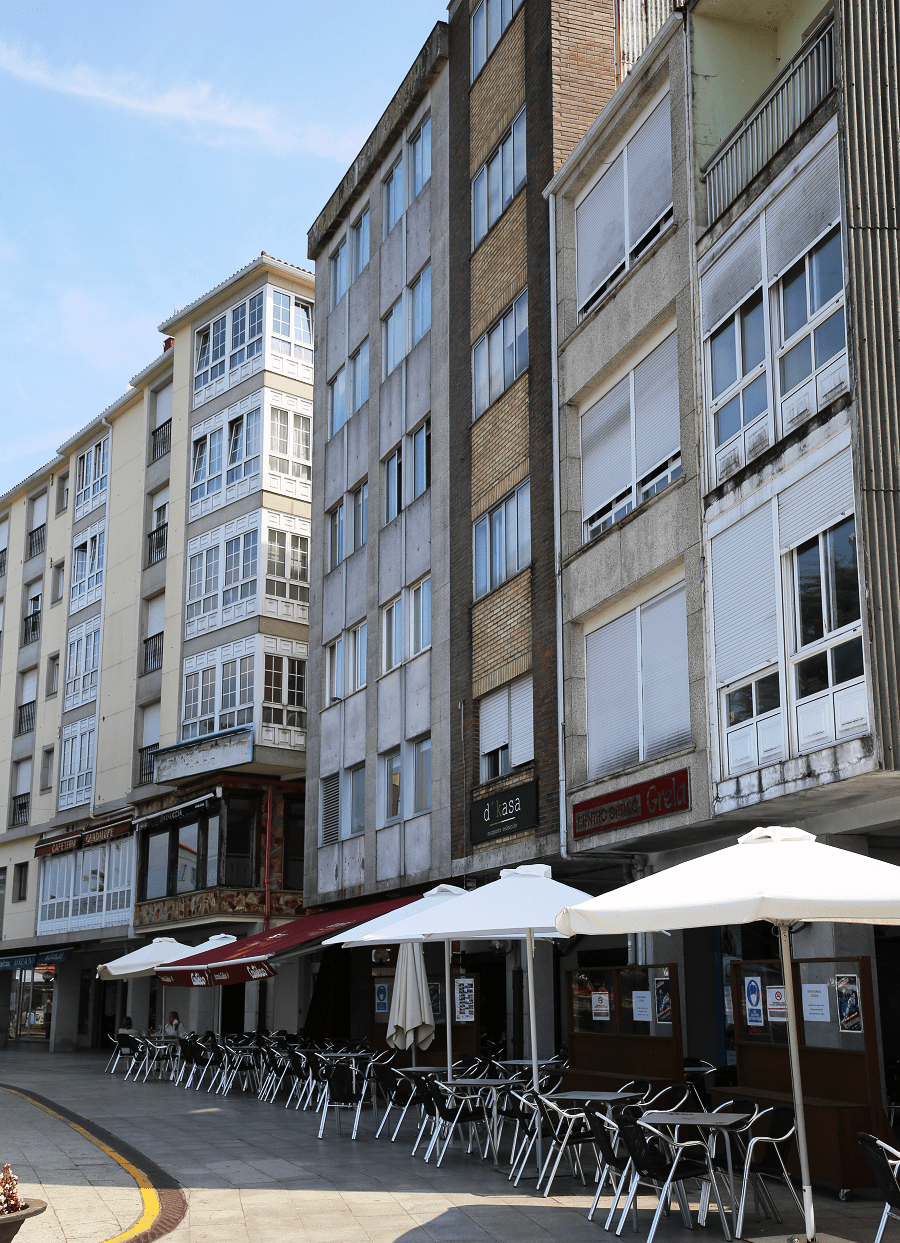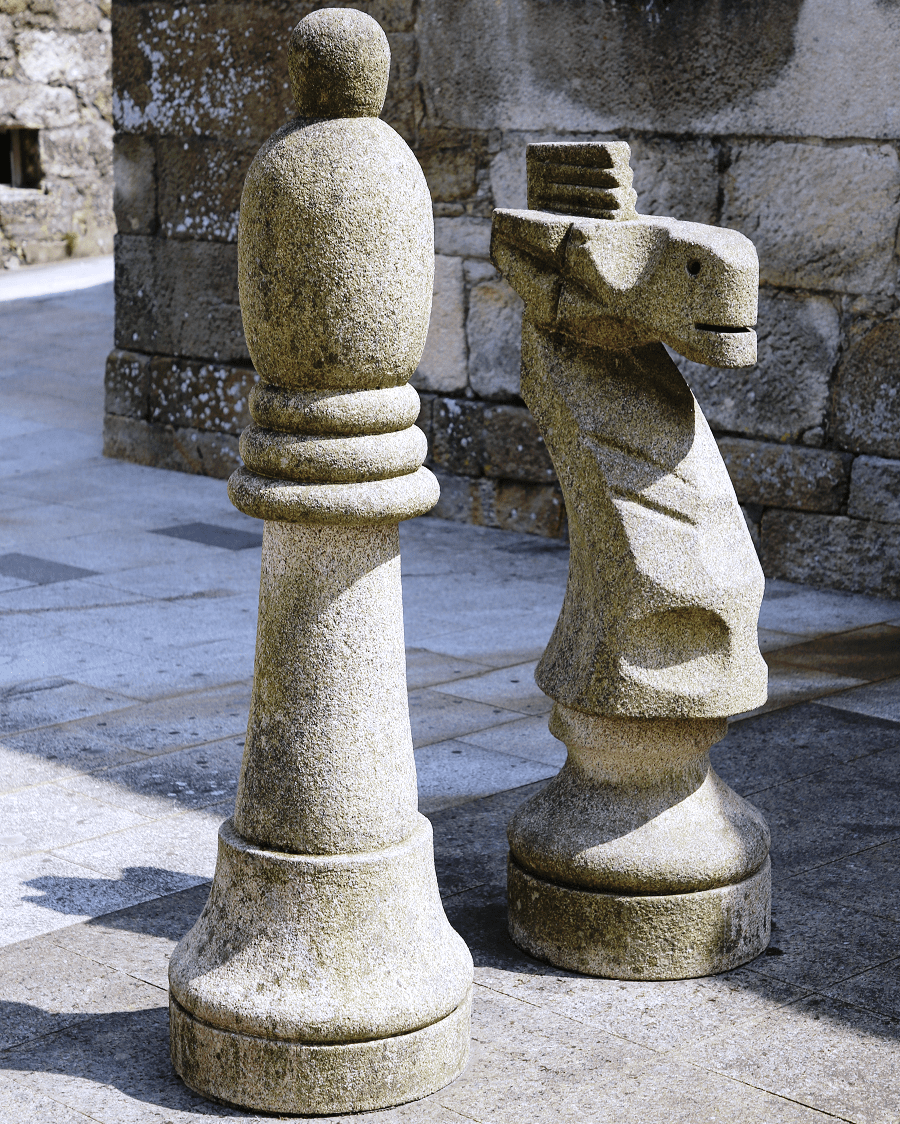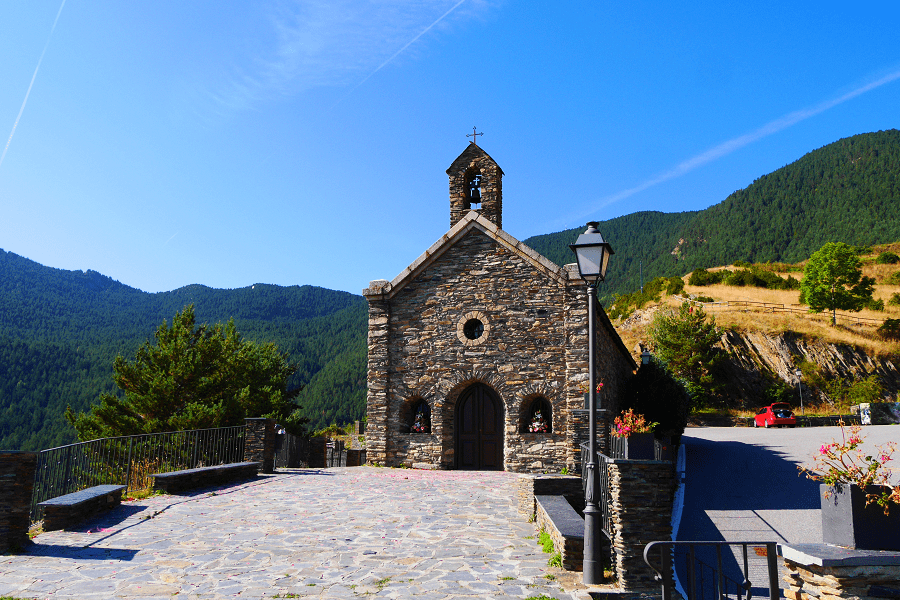Rianxo (Sp. Rianjo) is a city and municipality, located in the south of the province of La Coruña, in the autonomous community of Galicia, Spain.
Its main economic activity is derived from the exploitation of the sea, being an important base for the boats dedicated to the cultivation of mussels in the Arosa estuary, in the so-called Bateas. Another important activity is the sowing and harvesting, either by land or from boats, of clams and cockles that are mostly destined for the local and peripheral canning industry, especially the cockle.
Apart from shellfish, the town also has Ribera Shipyards for the construction and repair of the fleet present in the port.
The city is a part of the Rías Baixas costa of the Atlantic resorts of Spain.
Main attractions
Its tourist activity has increased in recent years, although it is a quiet town and off the traditional routes.
The Parish Church of Santa Comba de Rianxo is a Gothic church started at the end of the 15th century and is perhaps one of the most interesting in the region.
It consists of a central nave, a main chapel, two side chapels, two sacristies (the “old sacristy” and the new sacristy, more recent, in a terraced body at the rear) and a bell tower. Its external dimensions are 33.50 by 25.65 meters.
The Castle of the Moon is located on a small peninsula called Punta do Pazo, which gives it an exceptional strategic position, north of the estuary of Arousa.
The fortress was built by Paio Gómez Chariño, the first jurisdictional lord of Rianxo in the 13th century, in compensation for his work in the conquest of Seville.
Between the end of the 15th century and 1532 the building was used as a prison, and was abandoned from that date. In the 18th century, a popular pottery workshop was set up among the ruins.
Martelo palace is a Baroque style urban palace located in the center of the town next to the Parish Church of Santa Comba. The current building does not correspond to the original, from the 17th century, which included a three-storey tower, apparently the only initial construction, from the 15th century, owned by Paio Gómez de Soutomaior.
The sea museum has become the flagship of Rianxo, and the center of the entire network of museums and its dynamizer.
It is located in an old building, the “Casa do Coxo”, restored for the purpose in one of the most central places in the town of Rianxo, and its orientation is mainly ethnographic and anthropological. It consists of three floors (basement, ground floor and first floor).
The Casa Museo de Manuel Antonio is the first enclave that opens to the public the project “Academia Literaria de Rianxo”, which consists of the musealization and enhancement of the houses of Manuel Antonio, Castelao and Rafael Dieste.
It is located in the poet’s birthplace, in Rúa de Abaixo, where he lived until he was two years old and where he spent frequent seasons throughout his short life. It preserves various family furniture, projects audiovisuals, and exhibits original documents and personal objects, as well as references to the vital and socio-political context of the author.
Beaches
Tanxill beach. Length: 220 meters. Width: 50 meters. Semi-urban, sand.
As Cunchas Beach. Length: 130 meters. Width: 12 meters. Mountain, sand.
O Pazo Beach. Length: 130 meters. Width: 5 meters. Semi-urban, sand.
How to get to?
From A Coruña 1 hr 12 min (117 km) via AP-9
From Santiago de Compostela 37 min (45.0 km) via AP-9 and AG-11
From Madrid 6 hr 10 min (640 km) via A-6 and A-52
Main information
Area: 58 sq. km
GPS coordinates: 42°38′56″N 8°49′03″W
Language: Spanish, Galician
Population: 11 013
Currency: Euro
Visa: Schengen
Time: Central European UTC +1, in summer +2
See here best sea and ocean resorts of France and Spain (223 objects)




